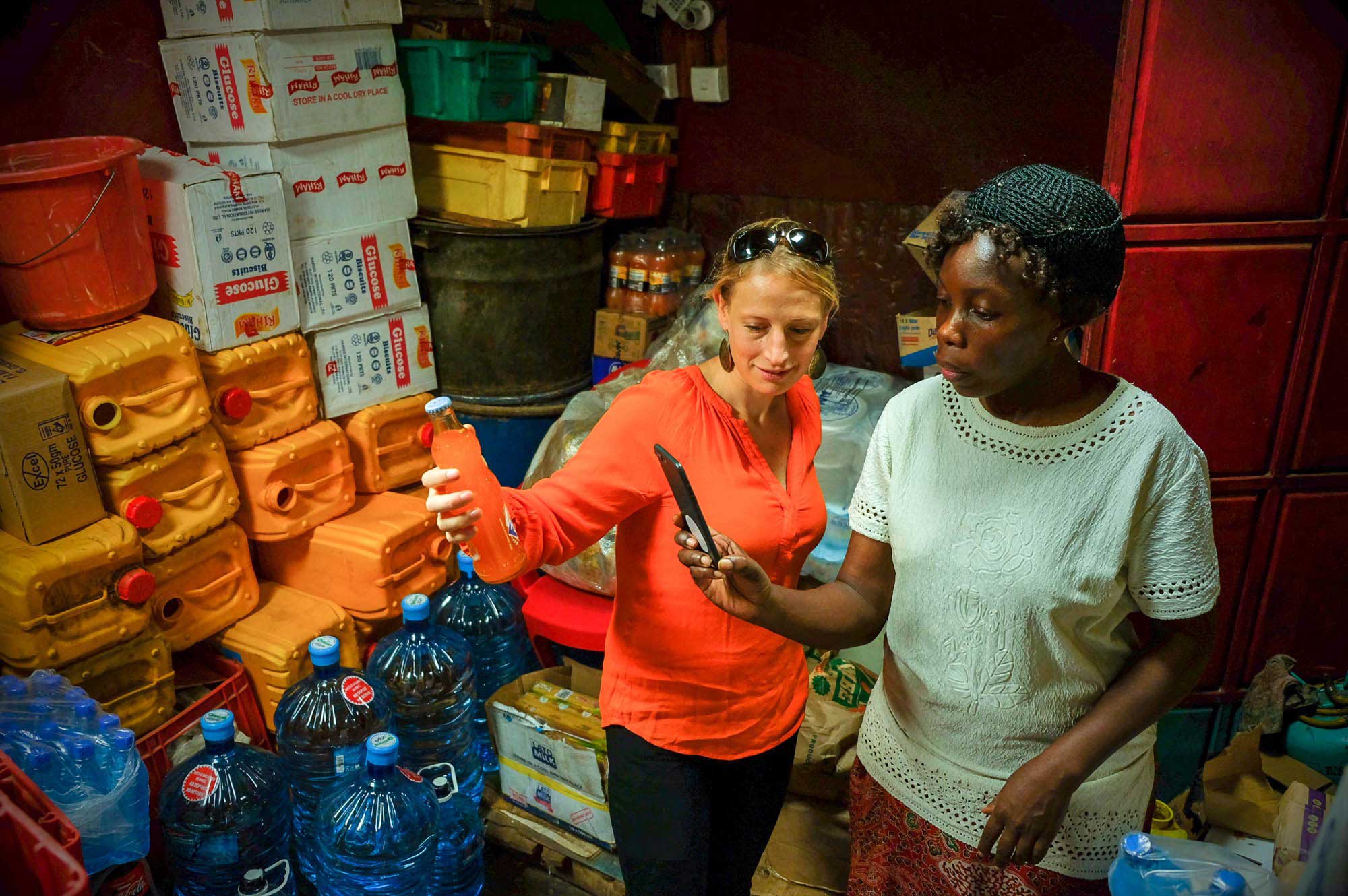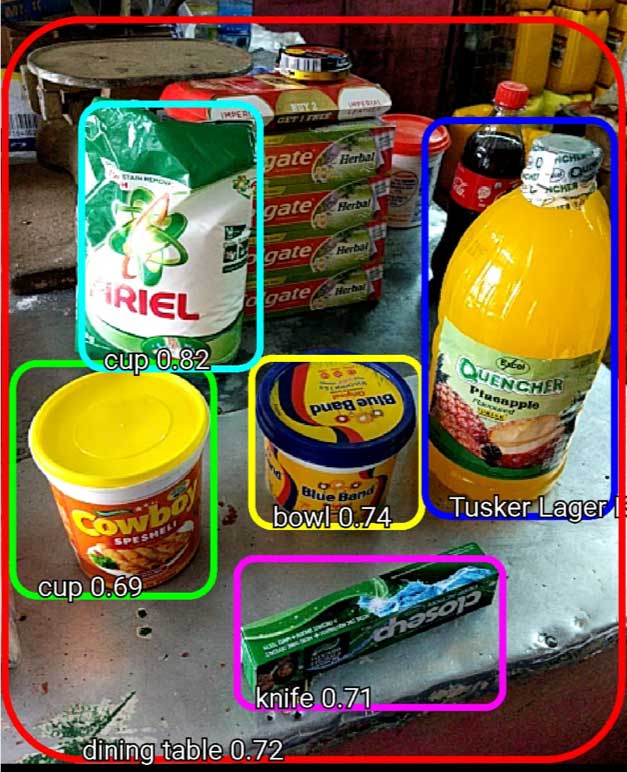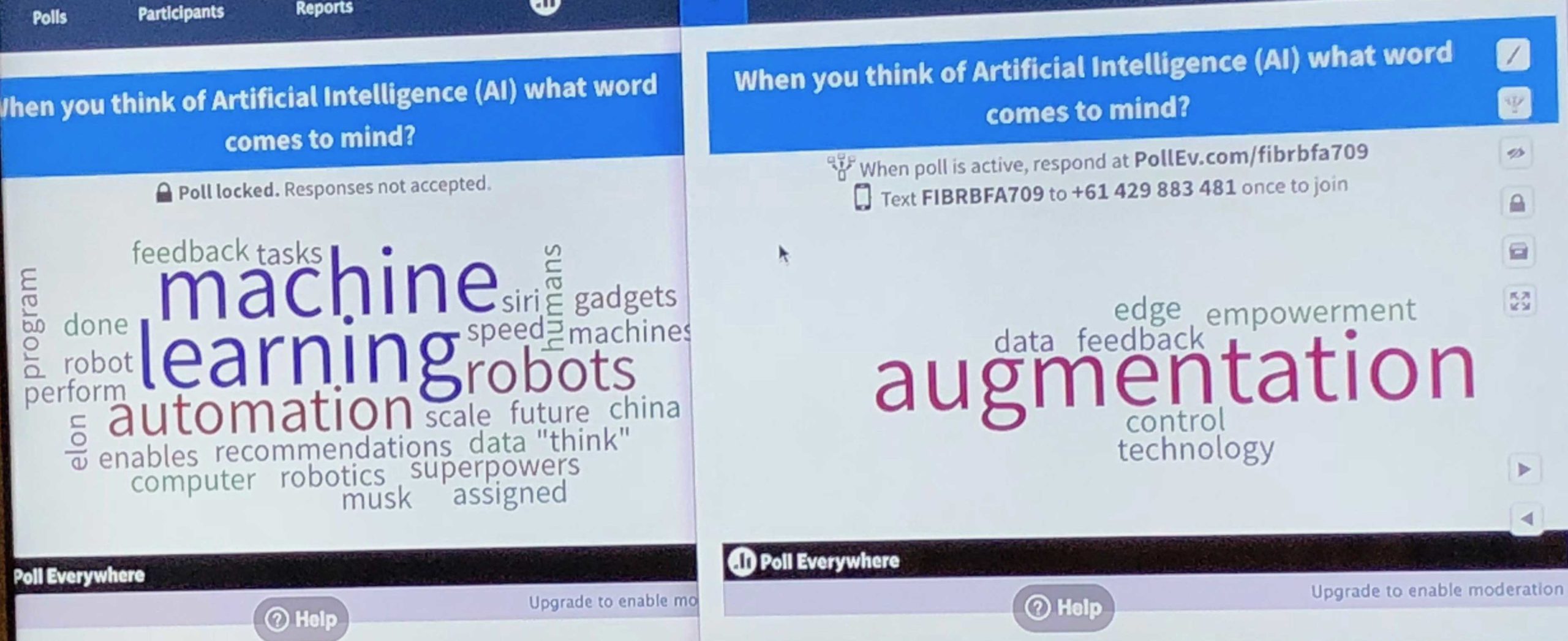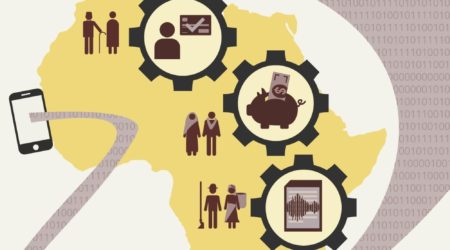AI: From Automation to Augmentation

Hype. Dangerous. Automation. Elon Musk. Uncontrollable.
This is what usually comes to mind when people think of artificial intelligence (AI). And for good reason. The discussion surrounding AI tends towards the risks related to untamed algorithms, black box recommendations and about how robots will steal all of our jobs. And much of the discussion around AI centers around a future which is light years away, always somewhat nebulous and out of reach.
But the reality is that AI is all around us — from optimization of routes on Google maps or Waze, to personal assistants like Siri, to email filtering (i.e. the Spam box).
Demonstrating real tools through an “AI Gallery”
The tools behind most of these real-life examples are readily available as open-source code today — most well known is Google’s TensorFlow library — but few companies have yet designed tools to empower low-income people. That’s where FIBR’s AI gallery comes into play. The gallery provides a starting point for conversation about the potential for these tools to augment the lives and livelihoods of low-income people that we seek to impact through our work with FIBR partners in the pay-as-you-go (PAYGo) and MSME sectors in Africa.
At a recent convening of FIBR partners, we debuted a few of these working applications to obtain feedback on the plausibility for such tools to provide meaningful “augmentation” of everyday — but by no means menial — tasks. We recreated three working demos of AI technologies that illustrate for example, how PAYGo providers can more effectively retain customers, how small merchants (or dukas in Swahili) might increase sales or track inventory seamlessly, or even how such technologies might augment the ability of an illiterate person to manage day-to-day tasks such as reading a contract using the text to speech feature.
Validating Tools in the Field
We took a selection of the merchant AI gallery tools to test with shopkeepers in Kibera, Nairobi. One such tool detected products, sizing and estimated price via a combination of image and object detection, while another could predict sales based on a combination of computer vision and tracking. Such applications could eliminate the guesswork of product pricing for busy shopkeepers, scan products for sale (akin to barcode scanners), or even detect authenticity of goods.

Feedback on both technologies was promising. I spoke with Ruth, an impressive shop owner of five dukas. Her shop was effectively an “Amazon of Kibera,” stocked with everything from the usual dry and processed food items to beauty products, school supplies, electronic adapters and SD cards (I should have waited to buy mine from her rather than through Amazon US prior to my trip!).
When we walked in, she had a computer to the side while she recorded purchases in notebooks dedicated to the sale of airtime vouchers or mobile money top-ups and food or other goods sold. She showed us how she had recently started using Excel to track inventory and sales, but this is an exception for shopkeepers in this community. At best, duka owners may have a smartphone. From our work to develop tools to assist duka owners and sales agents, we know that designing for the constraints of smartphones in this context is critical. Many smartphones are older or low-end models, with smaller screens, screen resolution, limited memory, and often outdated operating systems.

Unlike Ruth, other shopkeepers that we spoke with don’t want to bother with keeping records. They find it burdensome, and instead use rules of thumb to track ongoing costs and profits. For these merchants, tools that can collect data passively — for example, keeping track of how empty a shopkeeper’s shelves are over a particular period — may be enough to provide meaningful information to financial providers about average revenue, while ensuring that merchants are not burdened with yet another process to keep track of.
Ruth and other shopkeepers were enthusiastic about the potential for such tools to recognize products and even to authenticate them. Ruth and her colleague told us that counterfeit goods were becoming a greater problem for them, and destroyed trust with their customers. Others saw value in the reconciliation and monitoring of theft (by employees or family members) with computer vision tools.
What’s Next?
By the end of our convening, our partners’ perceptions of AI had changed drastically from the usual connotations of machine learning, automation, and robots to a more optimistic perception of AI as a means of augmentation, empowerment and control.

We are excited about the potential for AI technologies to reduce some of the complexity that defines the lives of lower-income segments that we work with. Right now we are exploring some of these opportunities with our FIBR partners in the coming months as well as several financial services providers that have expressed interest in the predictive tools.
For financial providers looking to learn more about AI and our AI applications, join us for the AI webinar on June 6, 2018, 9am EST. Register today.



